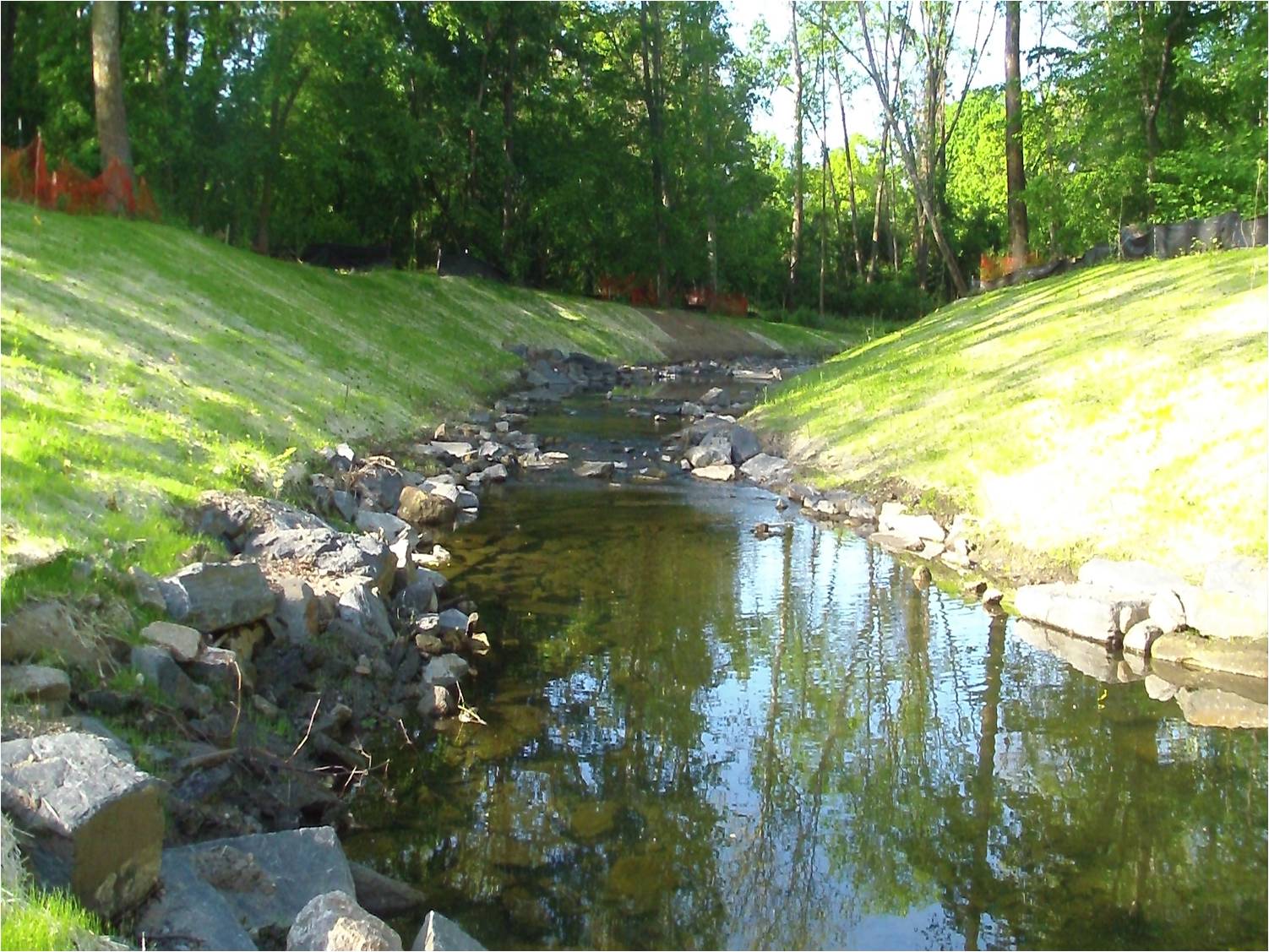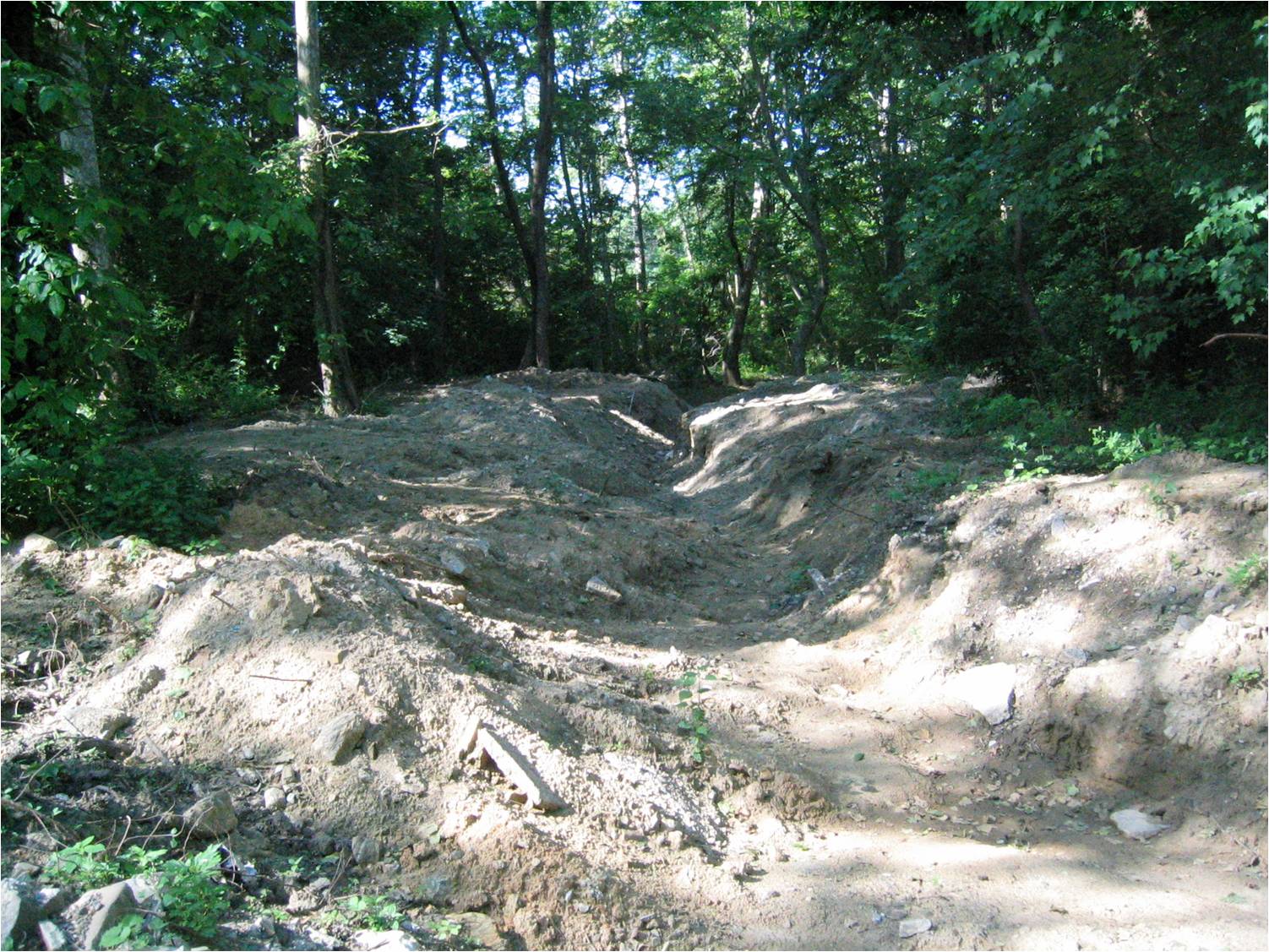City “daylights” first creek, restoring it from sewer to stream

Beneath Philly’s streets lies approximately 3,000 miles of sewers – both manmade channels and creeks that were capped and incorporated into the sewer system as the city developed.
Now, thanks to an enterprising initiative by the Philadelphia Water Department (PWD) and U.S. Army Corps of Engineers, Philadelphia District, light has returned to a previously capped creek. Last month, the west branch of Indian Creek in Morris Park became the first in the city to be daylighted – redirected from an underground system into a more natural, aboveground channel.
PWD, Army Corps, and Philadelphia Parks & Recreation reconfigured 1,300 feet of stream channel and constructed 750 feet of new channel. Through this new and reconfigured stream, Indian Creek now flows freely for the first time since it was capped in 1928, in part to make room for homes that were never built on the site.
The team also reconfigured the existing culvert, which will serve as a 180,000 gallon stormwater storage tank. In total, the project is expected to reduce Combined Sewer Overflows (CSOs) from the C-05 outfall from 24 to three annually and to reduce the discharge volume from 2.9 million gallons to 1.2 million gallons per year.
Now, not only does the community have access to a the waterway, the creek will also help curb water pollution in the Cobbs Creek Watershed and to protect the city’s drinking water supply.
The $4.5 million, Congressionally funded project is part of the City’s Green City, Clean Waters program and is the first Philadelphia creek daylighting.
In the case of Indian Creek, the fact that it is in Morris Park and thus surrounded by ample open space and that it had an existing culvert that could be used for stormwater management, made it a prime daylighting candidate. PWD Watershed Partnerships Coordinator Christopher Anderson said in other parts of the city it is rare to find capped creeks in open, park areas, since as the city grew, streets and homes were often built over these sewers.
“Unfortunately there are not a lof these projects within the city,” Anderson said via email. “PWD is investigating other locations where stream daylighting can be accomplished, but currently we have not identified any other sites.”
WHYY is your source for fact-based, in-depth journalism and information. As a nonprofit organization, we rely on financial support from readers like you. Please give today.






